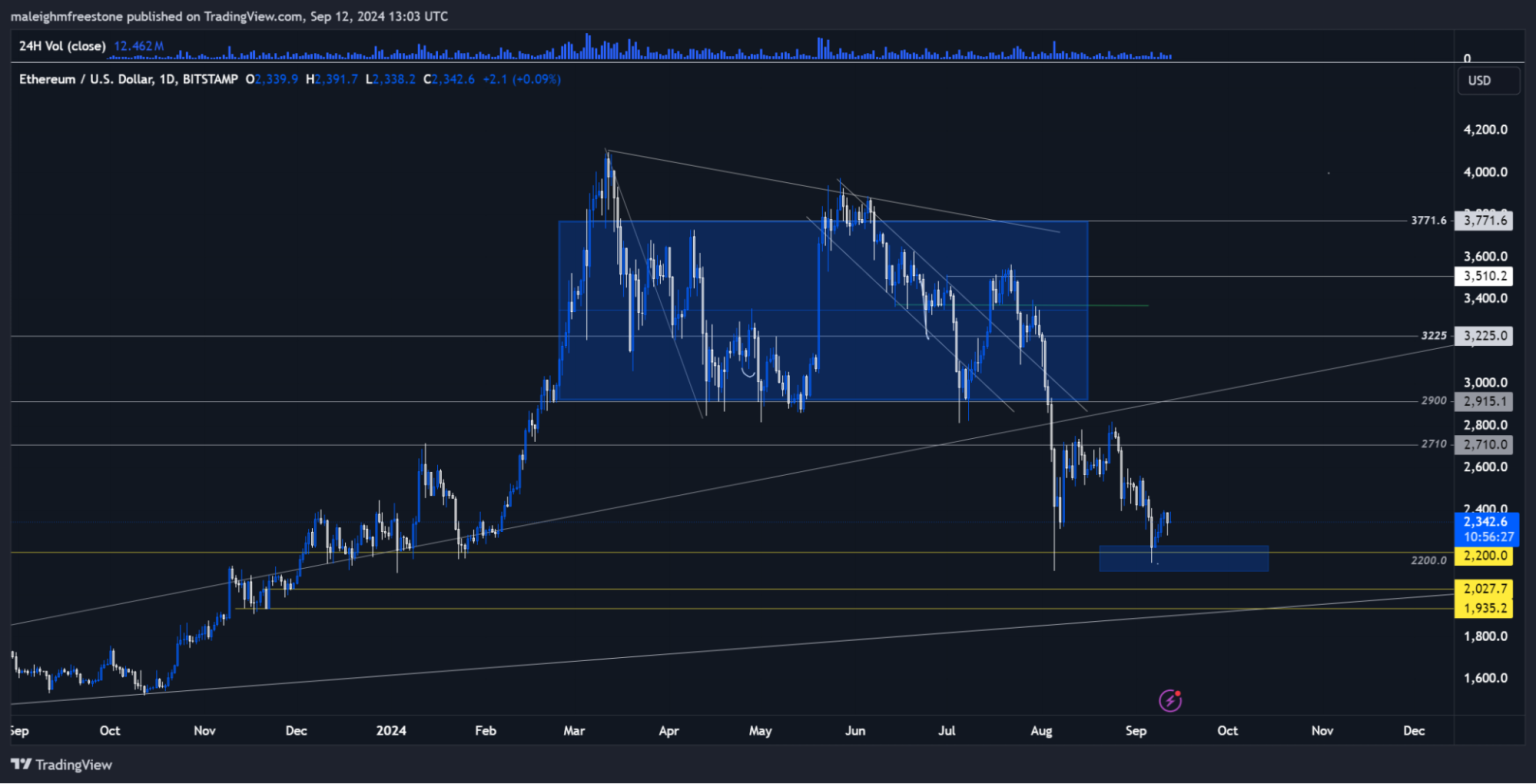In a recent development within the XRP Ledger (XRPL) ecosystem, a proposal by RippleX’s Director of Software Engineering, David Fuelling, aimed at restructuring the XRPL Foundation’s governance has sparked controversy. This proposal has led to significant community debates and the departure of key validators.
Proposed changes to XRPL foundation’s governance
Fuelling’s proposal centers on establishing a new, community-led governance system for the XRP Ledger Foundation (XRPLF), a non-profit organization supporting the XRPL ecosystem. He highlighted the lack of clarity in the Foundation’s membership rights and responsibilities and proposed a more structured approach.
The suggested changes include creating three distinct membership classes with varying eligibility criteria and rights: Individual Members, Corporate Members, and Sustaining Members. The fees for these memberships range from 75 XRP for individuals to 1,000,000 XRP for Sustaining Members.
The proposal also seeks to diversify the Foundation’s Board of Directors, suggesting a composition that includes Community, Corporate, and Sustaining Directors. Community Directors would serve two-year terms, Corporate Directors for one year, and Sustaining Directors would have no term limits, appointed by their respective members. This aspect of the proposal has raised concerns about potential imbalances in the governance structure, with some community members fearing a disproportionate influence from larger, wealthier entities.
Community reaction and validator departures
The response to Fuelling’s proposal has been mixed. While Ripple’s CTO David Schwartz commended Fuelling for the clarity of his proposal, other community members and entities expressed reservations. The most pointed criticism comes from those who perceive the proposal as a possible avenue for Ripple to exert more control over the XRPL Foundation, particularly through the Sustaining Member category. This speculation stems from the high membership fee for Sustaining Members, which some believe only Ripple could afford.
The controversy has led to tangible impacts on the XRPL ecosystem. Notably, validators such as Alloy Networks have announced their departure. Alloy Networks clarified that their decision was not impulsive but a considered response to the evolving situation. The departure of these validators, including Alloy Networks, known for providing crucial peering servers, poses significant challenges to the XRPL infrastructure.
Moreover, the situation has highlighted broader issues regarding the lack of direct incentives for validators and infrastructure providers in the XRPL ecosystem. Crypto Eri, a prominent community figure, emphasized this point, noting the inadequacy of the “no incentive is the best incentive” philosophy within the XRPL. This sentiment was echoed by others who believe that businesses benefiting from the XRPL should contribute to its infrastructure.
As the discussion around Fuelling’s proposal continues, the XRP Ledger community is at a crossroads. While some see the proposal as a necessary step towards clearer governance and better representation, others view it as a risk to the decentralized nature of the XRPL. The departure of key validators adds a layer of urgency to these discussions, highlighting the need for a sustainable model that balances the interests of all stakeholders in the XRP Ledger ecosystem.
The XRPL Foundation, Ripple, and the broader community face the challenge of navigating these changes while maintaining the integrity and efficiency of the network. The outcome of these discussions will likely shape the future governance and operational structure of the XRP Ledger, influencing its appeal and functionality as a blockchain platform. As the situation evolves, the decisions made in the coming days will be crucial in determining the direction of the XRP Ledger ecosystem.





